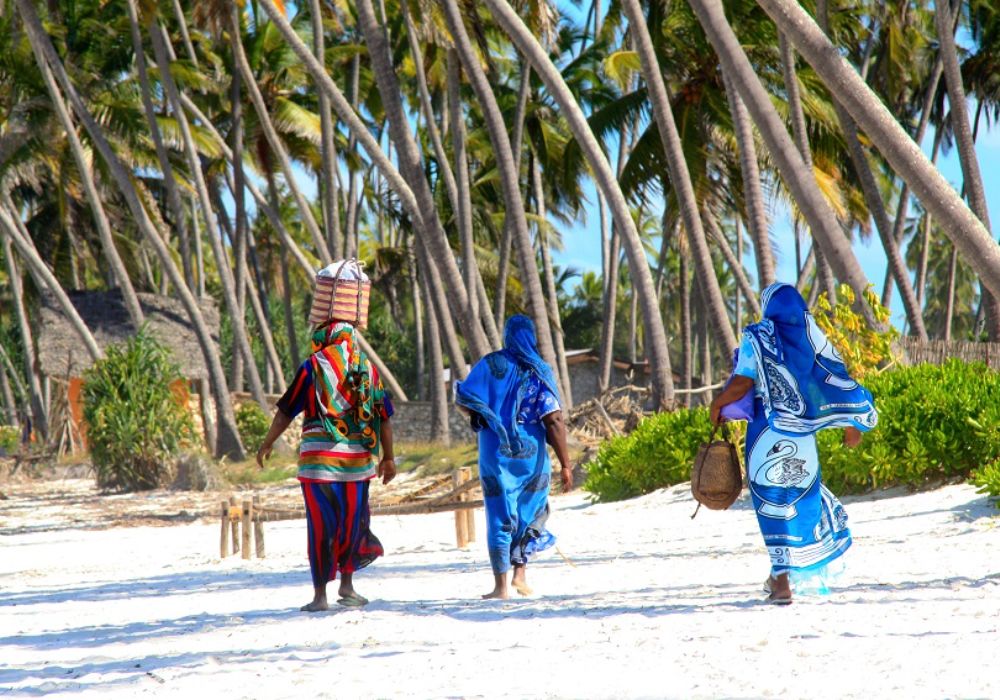Among the most famous languages globally, Swahili (or as the locals refer to as Kiswahili) is more than just a language. It has been serving as the binding rope amongst most of Eastern African nations. An epitome of love, peace, and harmony, Swahili serves as the lingua franca for a majority of Bantu-speaking tribes from the Niger-Congo family.
The Inception of Swahili Culture
Kiswahili is the primary language for administration and education among the Swahili culture natives. These natives are vastly found within the coasts of Kenya, Tanzania, Uganda, and Democratic Republic of Congo. However, countries like Somali, Rwanda, Burundi, Zambia, Malawi, Mozambique, and the Comoros Islands have received a touch of the ever extending culture.
The genesis of Swahili culture is broadly attributed to interactions between the inhabitants of East Africa and Arabian traders’ many centuries ago. History books state that during the 19th century, Swahili, after receiving a great impetus, spread inland into Uganda, all the way to DRC. This was majorly due to it being a universal language for Arab slave caravans, and ivory sellers.
The influence of Kiswahili was evidently seen through its adoption by the German colonialists in the then Tanganyika. They used the language extensively, that, even after achievement of freedom, Tanganyika which become Tanzania, uses it as its official national language. Kenya and Uganda use Kiswahili as the second official language.
Dialects of Swahili
However, if you really want to hear the authentic beauty in Swahili language, then visit Lamu in Kenya and its adjoining areas. Here you will hear the famous Kiamu dialect, and you wouldn’t be able to resist falling in love with Kiswahili and its culture.
Swahili touches on Arts and Crafts
Since the dawn of time, Swahili people have been expressing themselves through creative arts and crafts. They create different functions and shapes particularly in furniture making and architecture. It is vital to note that Swahili people never design living beings images. This is seen as an anomaly in the Islam religion which is the primary religious affiliation of the Swahili culture.
One of the most significant pieces of arts and crafts among the Swahili people is the khanga. It is a piece of attire which was the ticket that shot Swahili culture into the status of popularity it currently holds. This artifact has been gracing catwalks globally, being a popular attire for men and women alike.
The Mother of Taarab
Whether in Kenyan or Tanzanian coasts, taarab music can be heard in any local home, café, or club. It is a musical genre whose origin traces back to the Swahili culture. Taarab comprises of orchestrations and melodies with both Indian and Arabian influences. This type of music teaches the virtues every community should adhere to, and warns against vices not to be followed or practiced.
Major Components of Swahili Culture
The foundation of Swahili lies on a few notable components that kids are taught since birth. One is respect, which is seen even through the modes of greetings. Generosity is another fundamental component that makes this culture even more attractive. Evidently, the acts of selflessness and generosity can be seen in the manner by which Swahili people intermingle amongst themselves, and their neighbours. You can find a neighbour requesting a helping hand from another with no worry of receiving no as a reply.
Wrapping Up
The extensiveness of the new world that is Swahili culture is beyond the above mentioned. It is a culture worth experiencing on a first-hand basis.




